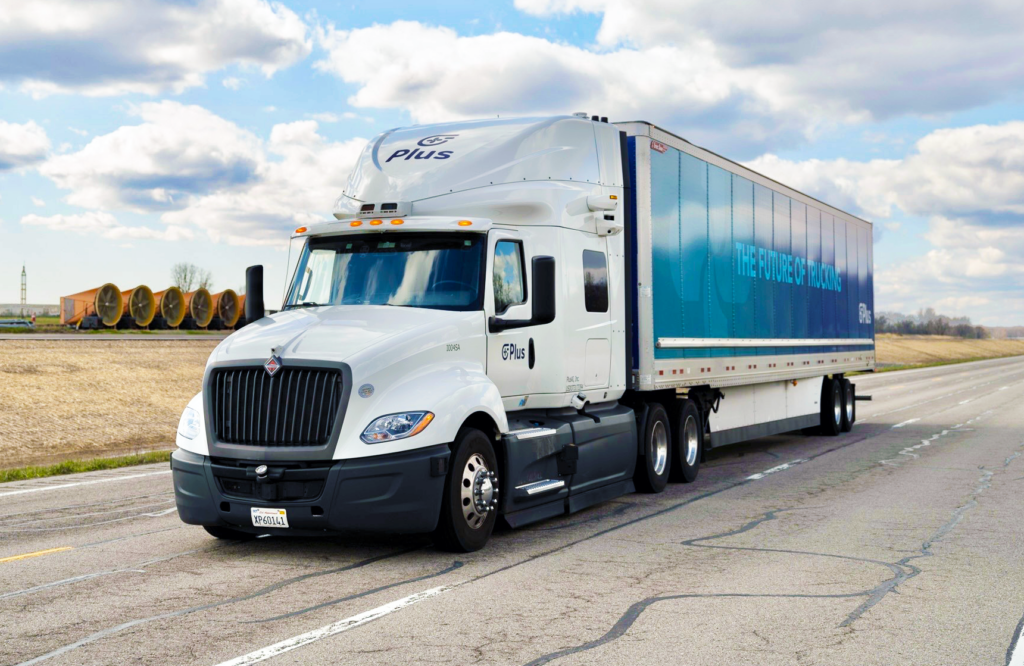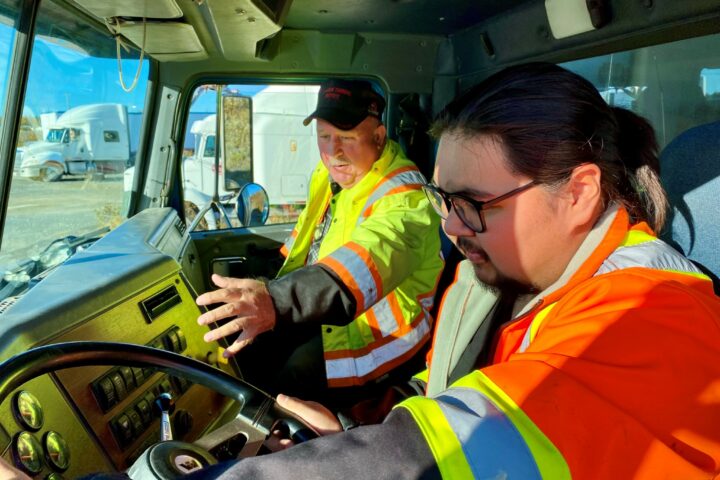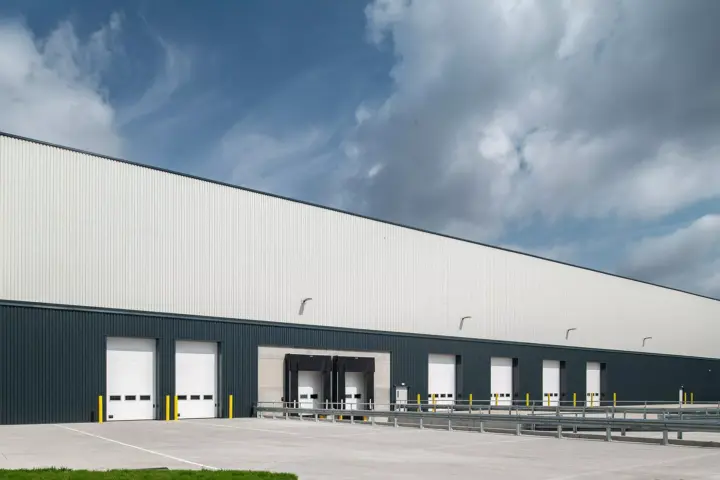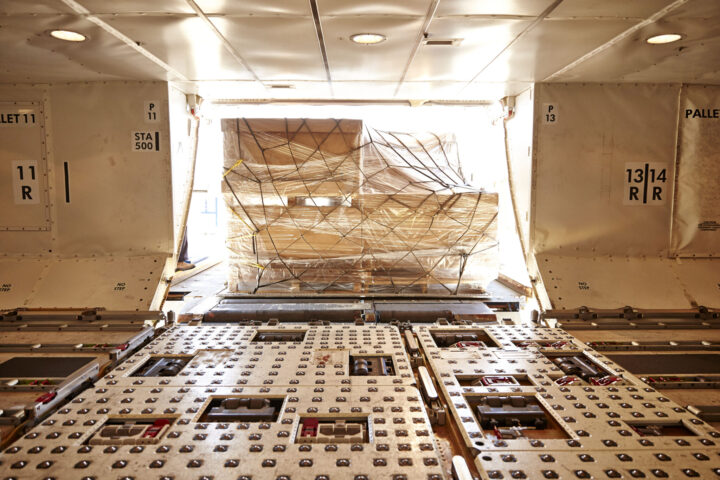PlusAI has introduced a set of key performance indicators (KPIs) to measure its progress toward the commercial launch of its factory-built autonomous truck platform, SuperDrive, set for 2027 in the Texas Triangle.
In the first half of 2025, the company reported achieving 86% Safety Case Readiness (SCR), 98% Autonomous Miles Percentage (AMP), and 76% Remote Assistance Free Trips (RAFT), up from 75%, 97%, and 69%, respectively, in the second half of 2024. As PlusAI transitions to a public company, it intends to report these KPIs regularly to provide transparency on its path to commercial launch, according to a news release. PlusAI added its goal is to reach 100% SCR and over 90% RAFT before deployment in two years.



SuperDrive has already been tested across five million miles in the U.S., Europe, and Asia. In addition to U.S. testing in Texas, PlusAI is conducting public road trials in Sweden and plans to launch customer fleet trials this fall.
“We have a clear roadmap to the commercial launch of SuperDrive,” said David Liu, CEO and co-founder of PlusAI, in the release. “By publicly sharing these performance metrics on a regular basis, we’re demonstrating our unwavering commitment to the safe and scalable deployment of factory-built autonomous trucks. We believe it’s essential for partners, customers, regulators, and all road users to have visibility into our safety-driven progress and our disciplined approach toward commercializing autonomous driving technology.”
Safety assessment process
The company’s safety assurance process is based on a structured Safety Case Framework, that PlusAI says is the best practice in safety-critical industries including aviation, nuclear, automotive, and oil and gas. It is built around five core pillars: understanding, design, development, proof, and deployment.
PlusAI also uses its AMP metric to track the proportion of miles driven fully autonomously, and its RAFT metric to track how often trips are completed without any intervention. A trip is considered RAFT-compliant if SuperDrive maintains full control from departure to arrival—without any human assistance to control the vehicle.

PlusAI’s autonomous system is built using an end-to-end AI architecture that replaces traditional hand-coded software components with generative models and neural networks. This architecture, dubbed AV 2.0, is designed to simplify development and improve scalability.
“Our AV 2.0 architecture marks a major shift in how we design and deliver autonomous driving systems. By replacing hand-written components with end-to-end AI models, we’ve simplified the overall system and accelerated performance improvements,” said Tim Daly, Chief Architect at PlusAI, in the release. “This approach ensures we’ll be ready for broad deployment as soon as our factory-built autonomous trucks begin production in 2027. We’re excited to be at the forefront of autonomous driving technology.”












